Investment
NGS Super spotlight - Sydney Desalination Plant
18 Oct 2022
2 min read
The Sydney Desalination Plant (SDP) at Kurnell has had an eventful history. Construction began in 2007, 5 years into the worst drought in 100 years (the ‘Millennium drought’, as it came to be known). That year, dam levels plummeted to a low of 33%, and water security was top of mind for the Sydney area.
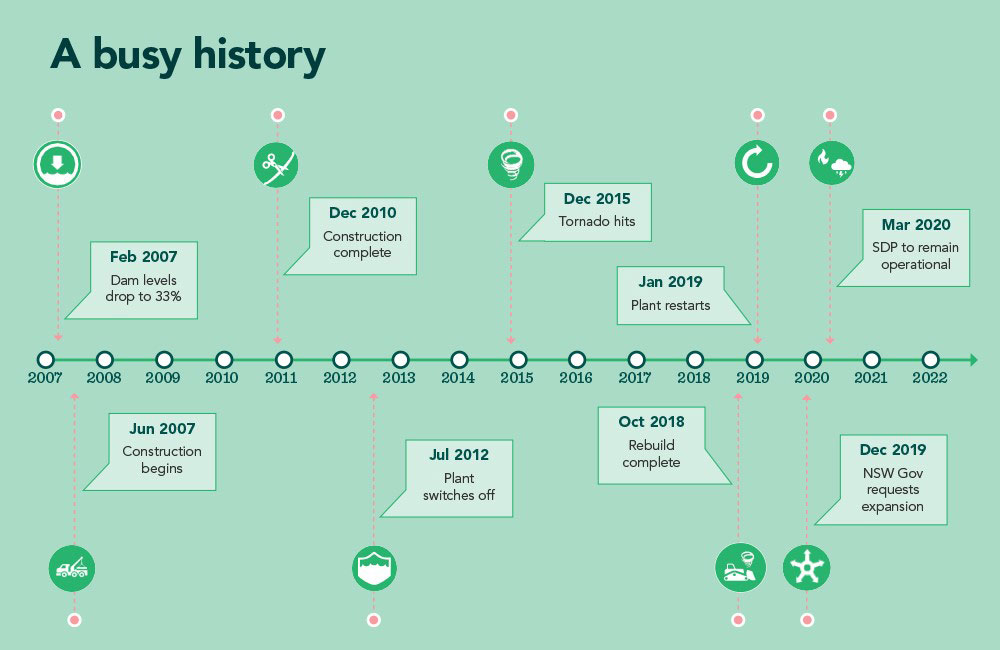
Construction was completed in December 2010, with the plant able to provide 250 megalitres a day of water through a process of reverse osmosis. Designed as an emergency backup ‘drought response asset’, the plant was switched off in 2012 when dam levels were back up to 98%.
Then, in December 2015, a tornado ripped through Kurnell, causing massive damage to the plant and requiring significant rebuilding, completed in 2018.
At the beginning of 2019, as dam levels were falling once again, the plant restarted, and by the end of that year, the NSW government had requested that it expand its capacity to 500ML a day. Although the government formally put the expansion on hold in May 2020, as part of the implementation of the Greater Sydney Water Strategy, the government and Sydney Water are currently assessing what the next major source of rainfall-independent water should be for Sydney, including the potential expansion of the SDP.
The plant is now always on, forming a crucial part of Sydney’s water infrastructure, and helping to:
- reduce dam spill
- slow dam depletion during droughts and
- respond during outages and maintenance of the water supply system.
SDP’s power requirements are fully offset by a purpose-built wind farm, and one third of the plant’s Kurnell site has been protected as a conservation area. A study has also found that the plant’s operation has no significant impact on seawater quality or aquatic ecology and in 2021 it scored 92 out of a possible 100 in the Global ESG Benchmark assessment.
NGS Super has an investment in the Sydney Desalination Plant through the Morrison & Co managed fund Utilities Trust of Australia.
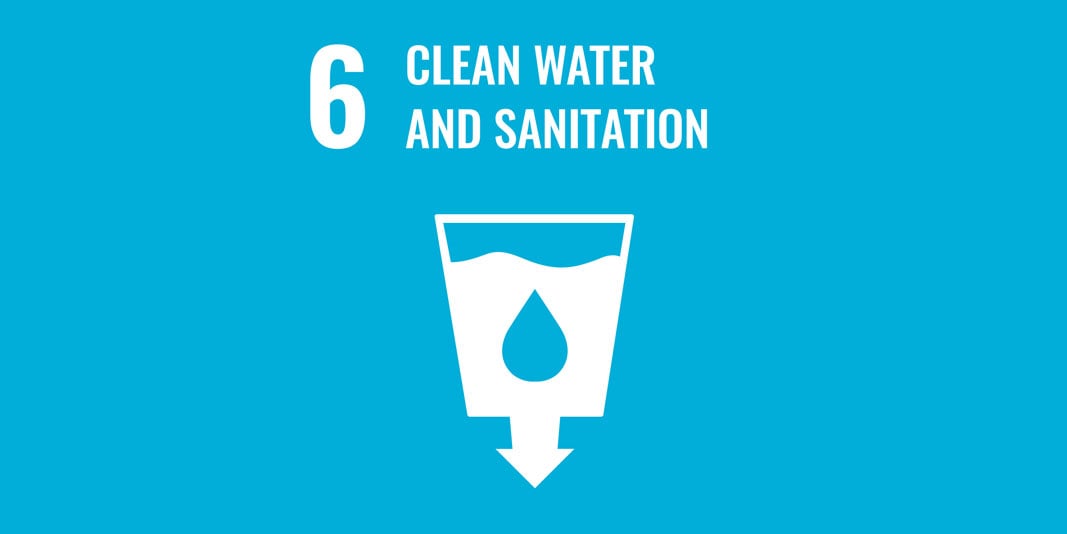 |
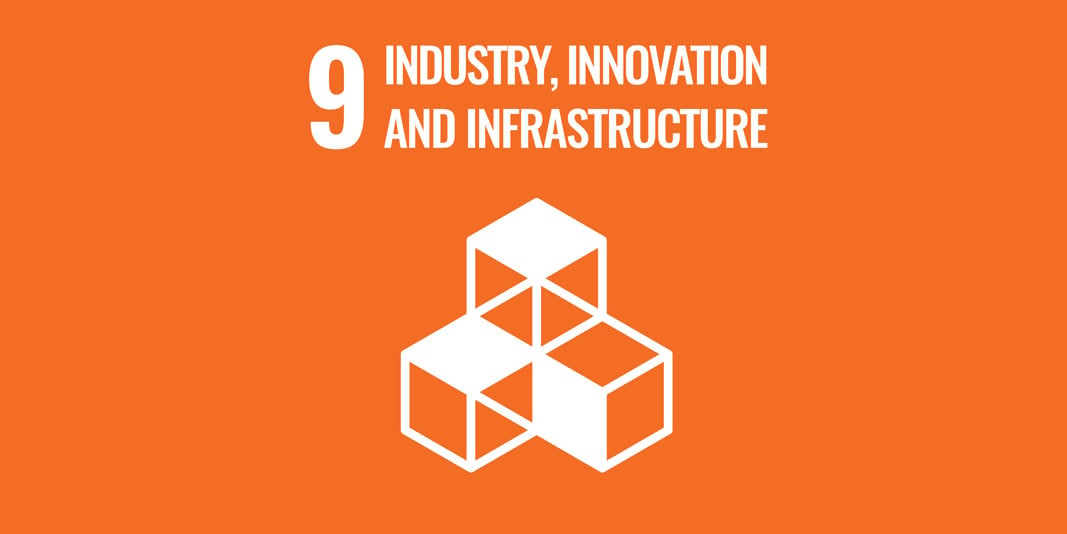 |
 |
| Ensure availability and sustainable management of water and sanitation for all |
Promoting sustainable industrialisation and fostering innovation |
Making our communities resilient and sustainable |
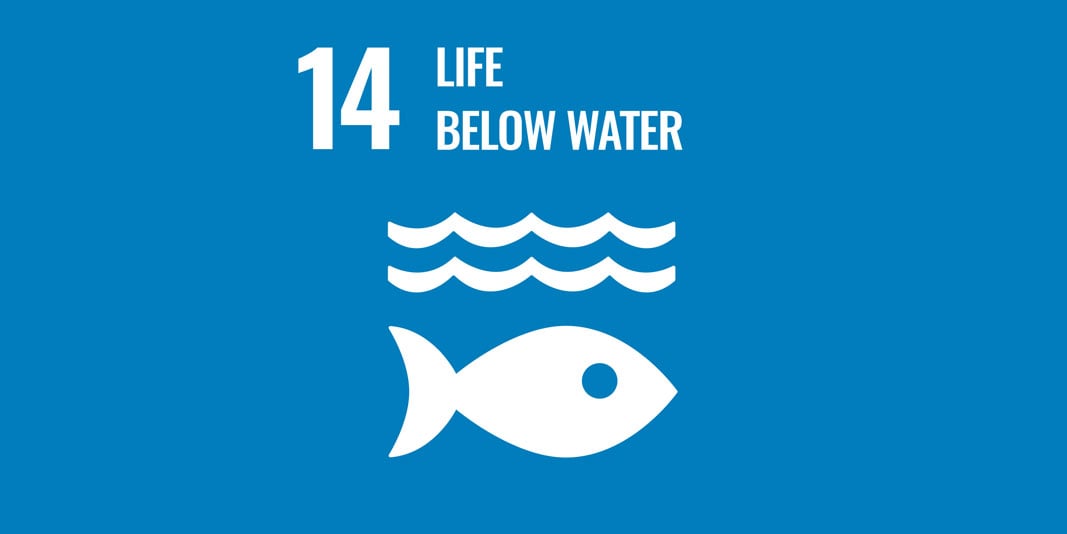 |
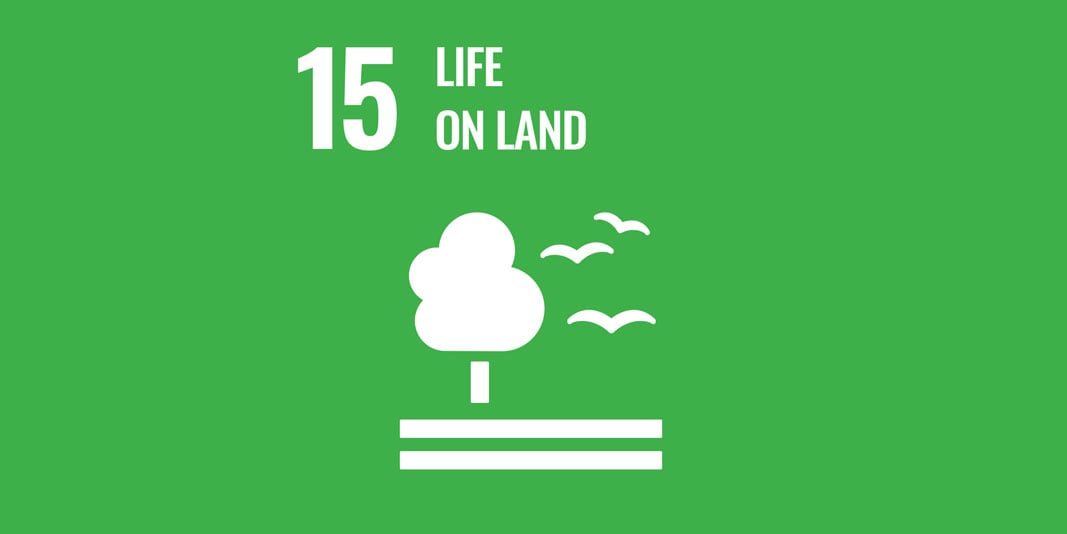 |
|
| Conserve and sustainably use the oceans, seas and marine resources |
Sustainably manage forests, combat desertification, halt and reverse land degradation, halt biodiversity loss |
|